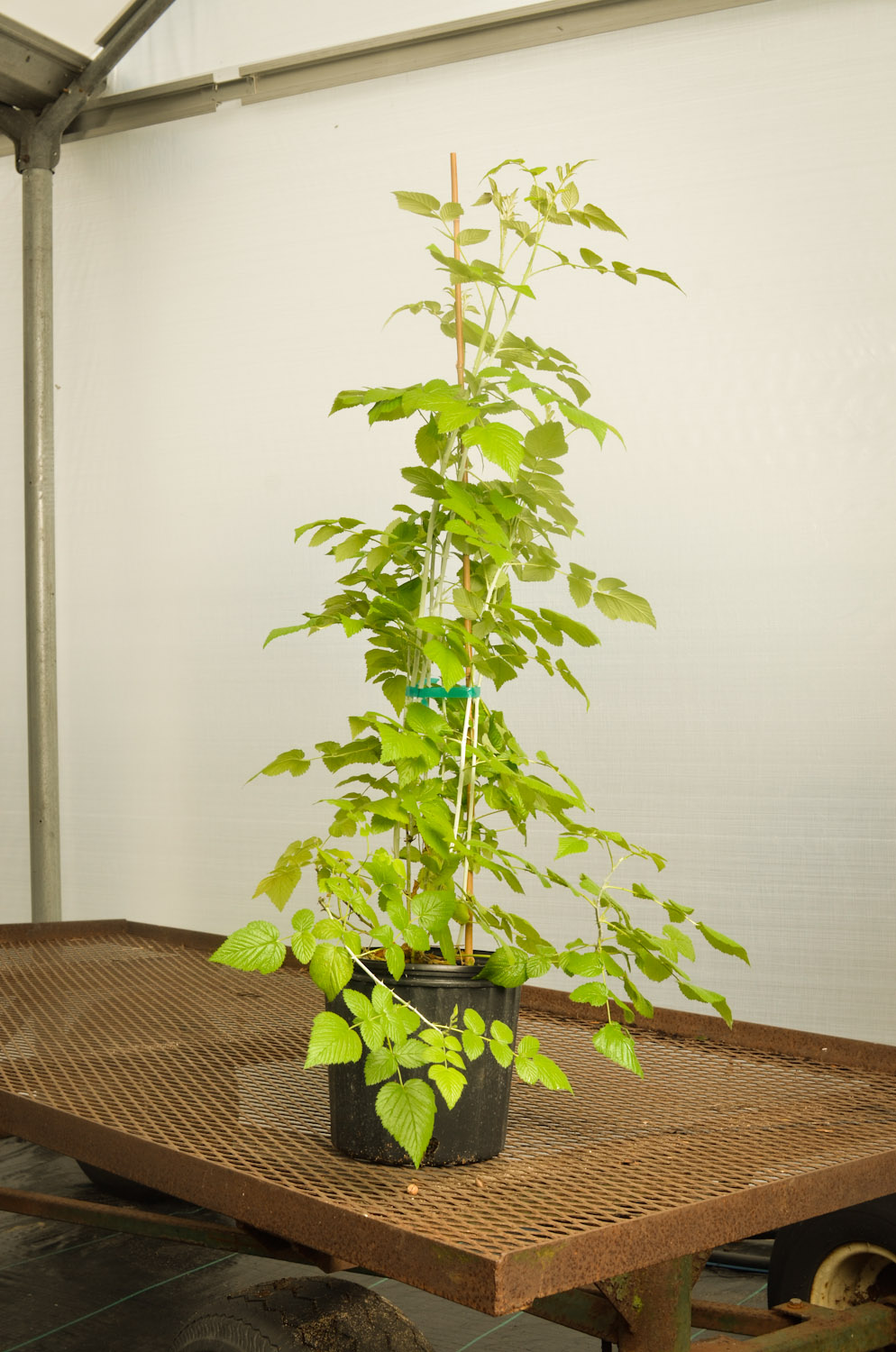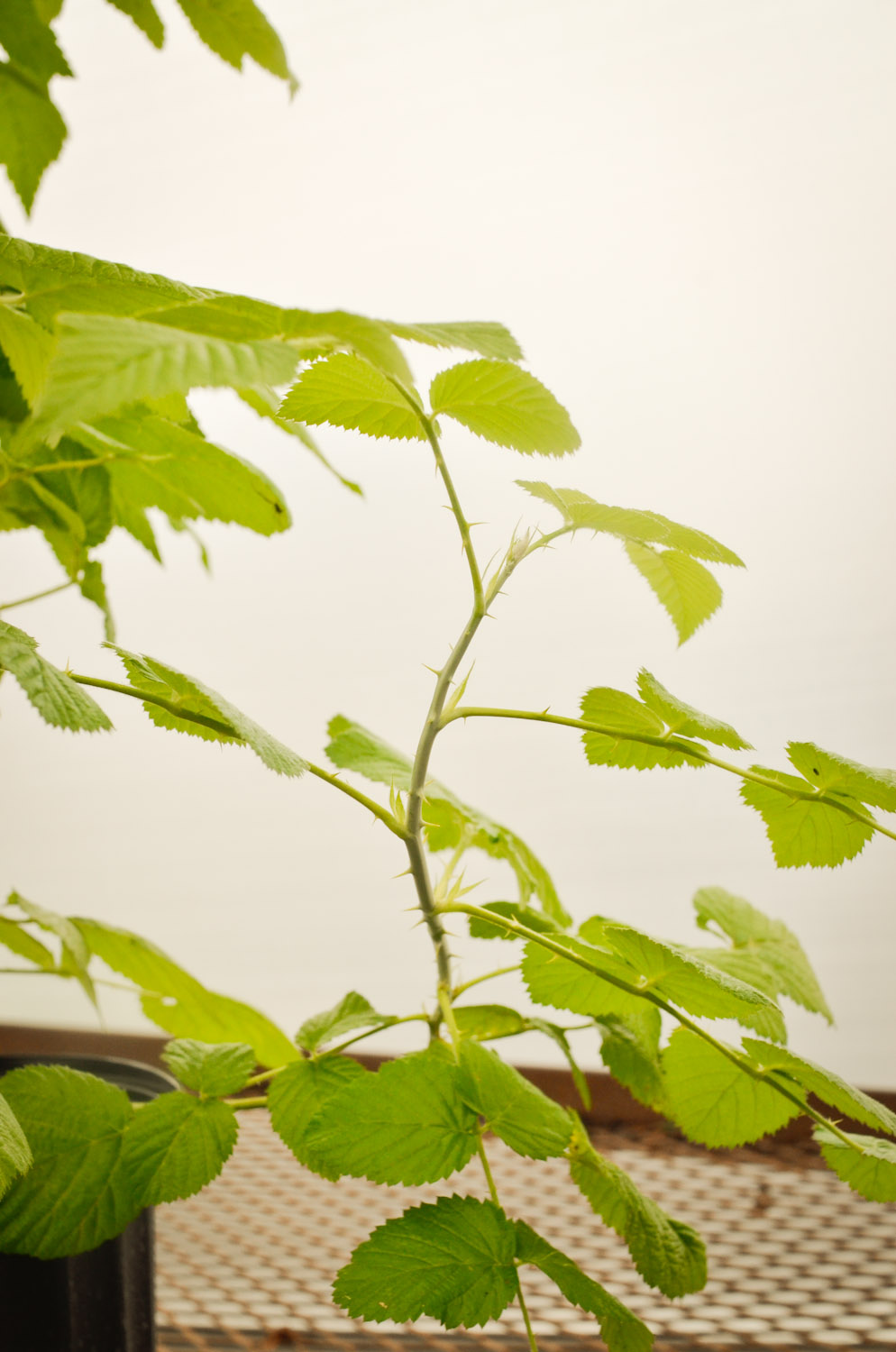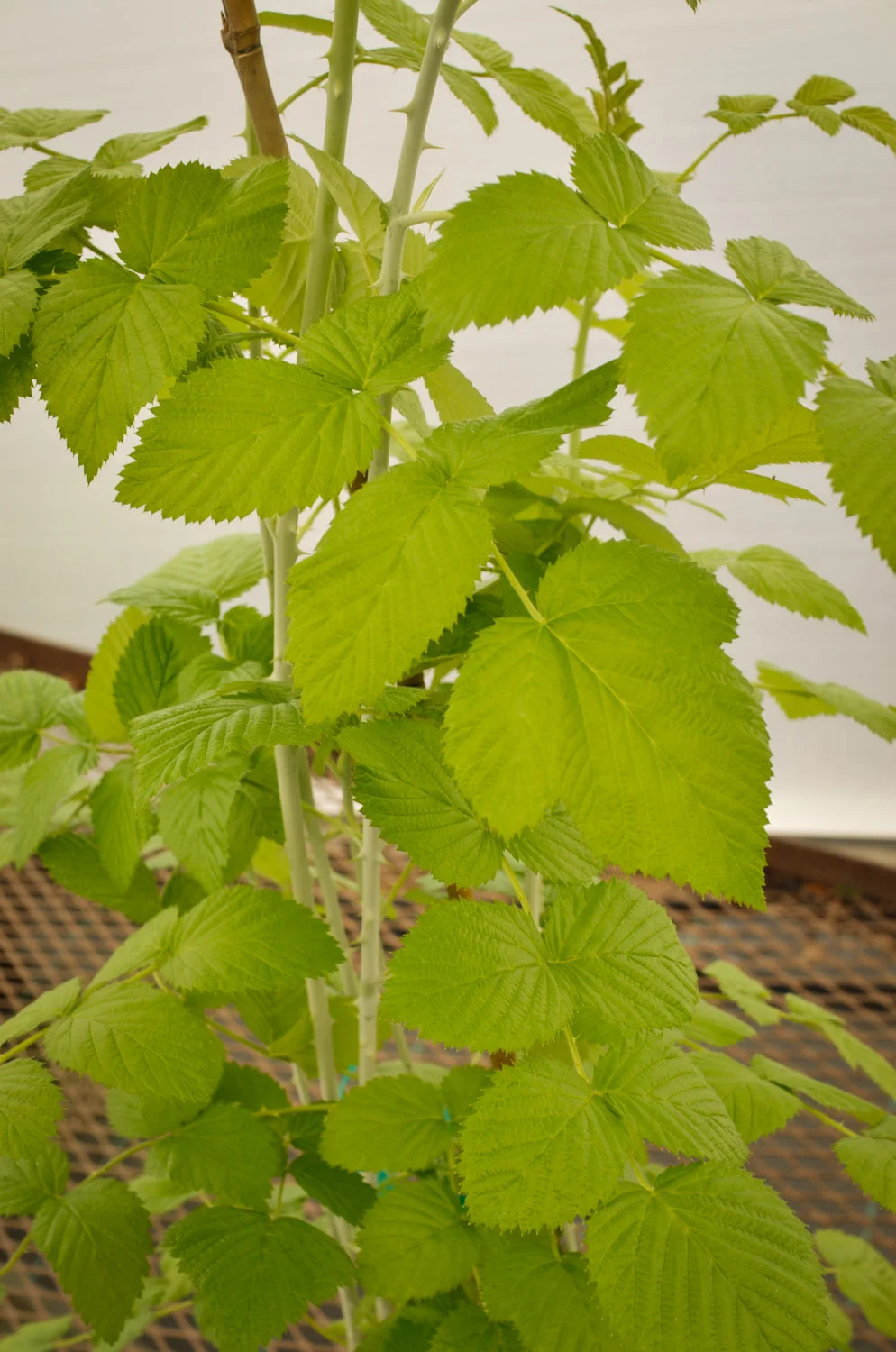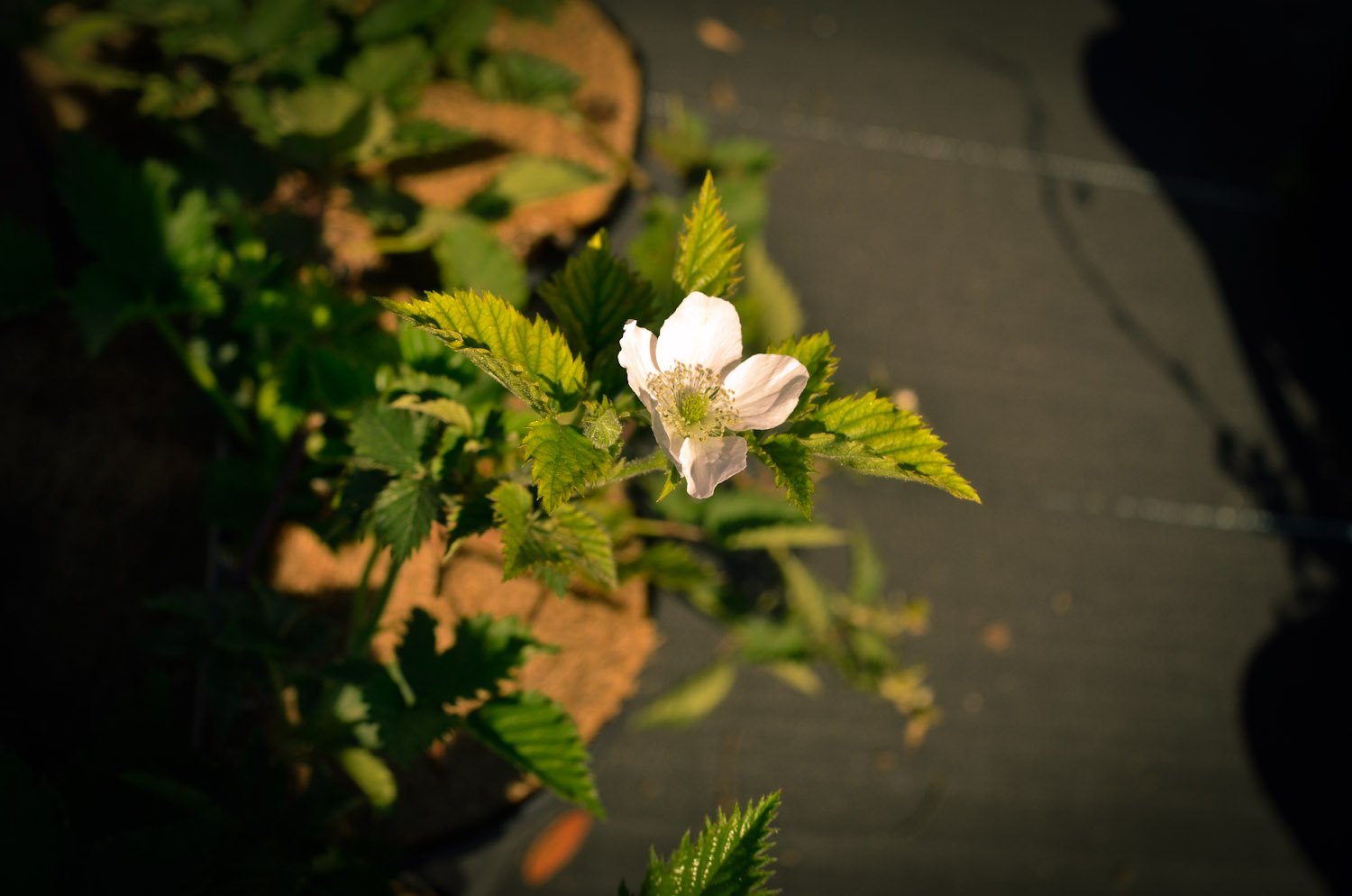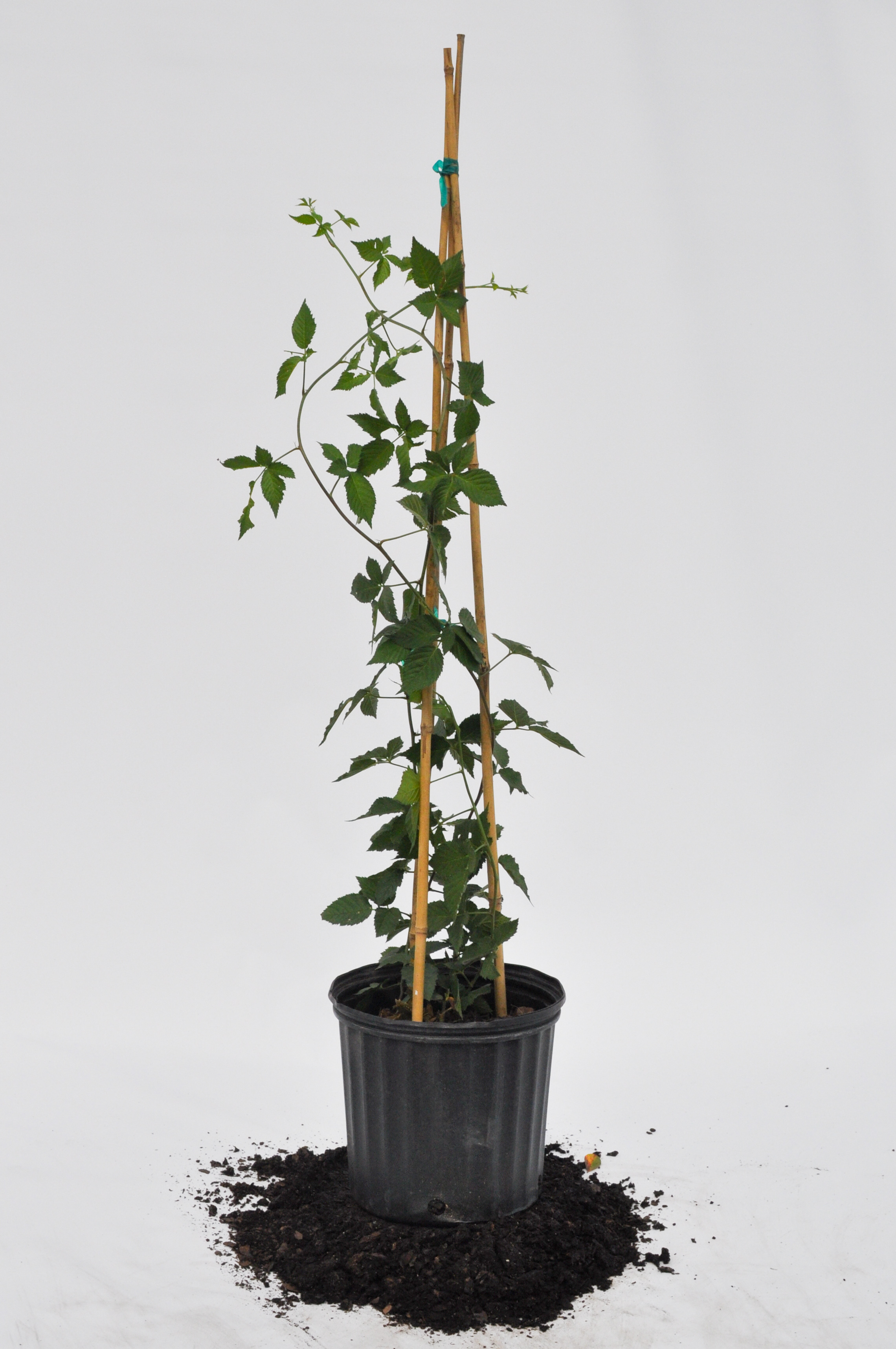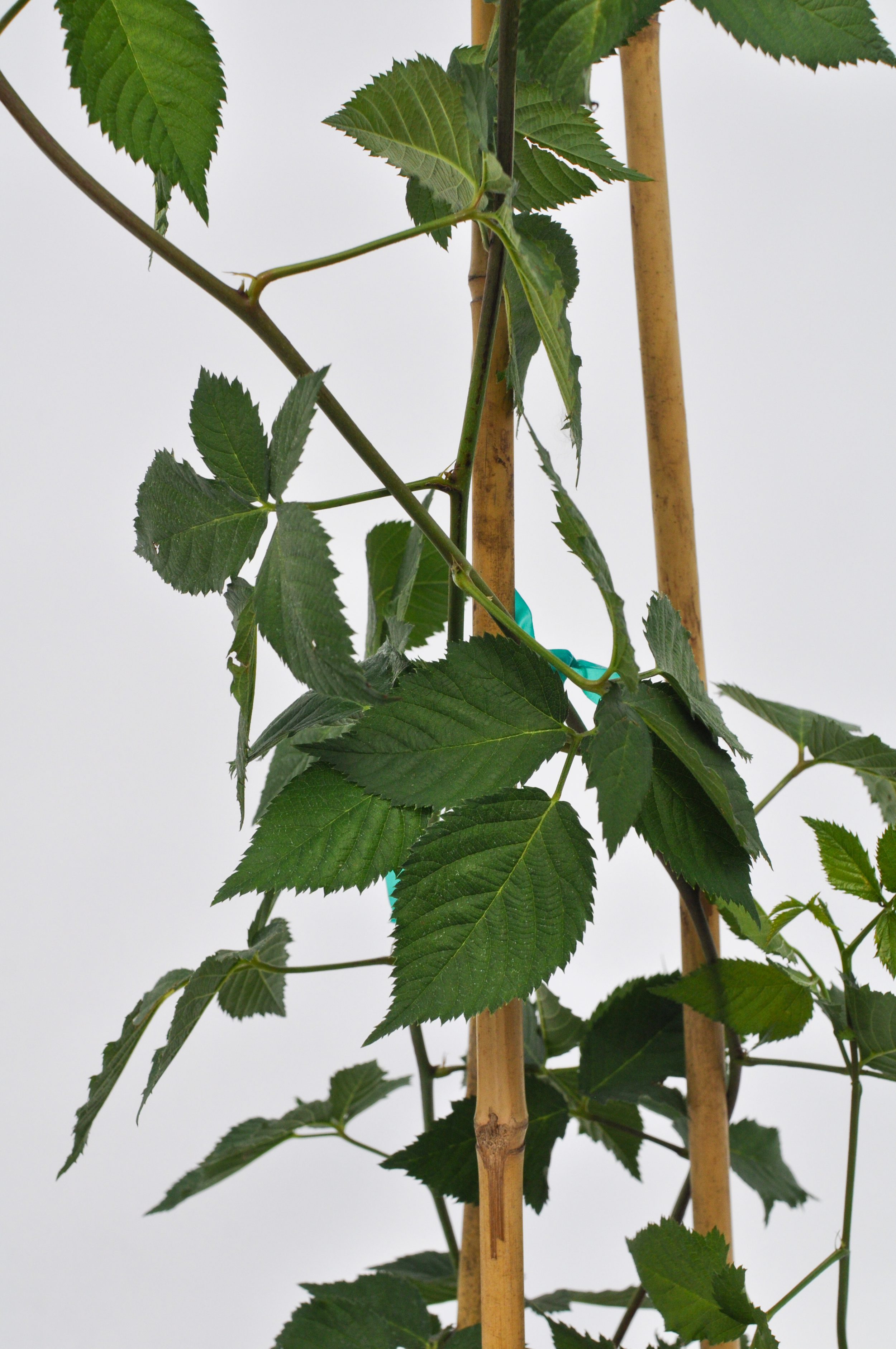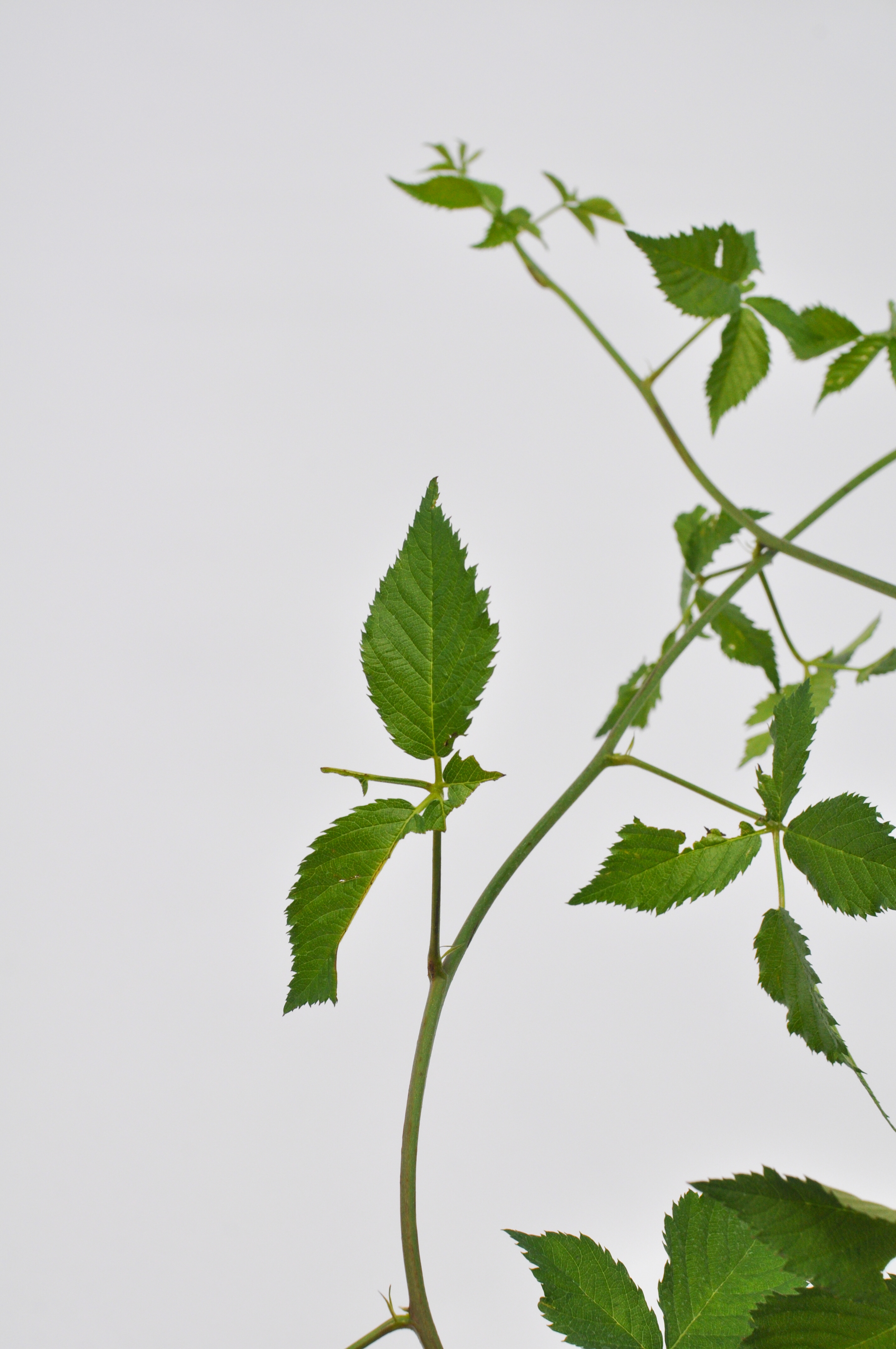Rubus 'Natchez' & 'Osage'
Thornless Natchez
Natchez is an erect, thornless blackberry producing very high yields. Average berry weight is medium to high while very firm and attractive. 'Natchez' has not been tested previously in Florida, although it is currently under trial at the UF NFREC–Quincy.
USDA Hardiness Zones: 6-9
Chill Hours: 400-500
Deciduous/Evergreen: Deciduous
Plant Type: Perennial
Pollinator: Self-fertile
Blooming Season: April-May
Ripening Season: Late May-Early June
Years to Bear Fruit/Edible Qualities: New canes are berry-less, producing fruit in the second year. Prune canes when they are about 3-4 feet long to encourage branching and after harvesting, prune back all canes that produced fruit. As buds develop on canes, do not prune after September.
Full Size: 4'-5' high and 3'-4' across
Cold Tolerance: Very cold tolerant
Light Requirements: Full Sun for more fruits
Drought Tolerance/Watering: Fruiting season & establishment requires heavy watering, minimal irrigation is needed during droughts or winter.
Soil & Site Requirements: Prefers well drained, slightly acidic soil. Recommend using a trellis or fence line for its erect growing habits
Links:
Thornless Osage
This variety was developed with the intention of enjoying the blackberry for its flavor It is an erect thornless cultivar with excellent post harvest quality. Yield is medium high and berry size is medium.
Rubus 'Osage'
USDA Hardiness Zones: 8-9
Chill Hours: 200-300
Deciduous/Evergreen: Deciduous
Plant Type: Perennial
Pollinator: Self-fertile
Blooming Season: April-May
Ripening Season: Late May-Early June
Years to Bear Fruit/Edible Qualities: New canes are berry-less, producing fruit in the second year. Prune canes when they are about 3-4 feet long to encourage branching and after harvesting, prune back all canes that produced fruit. As buds develop on canes, do not prune after September.
Full Size: 4'-5' high and 3'-4' across
Cold Tolerance: Very cold tolerant
Light Requirements: Full Sun for more fruits
Drought Tolerance/Watering: Fruiting season & establishment requires heavy watering, minimal irrigation is needed during droughts or winter.
Soil & Site Requirements: Prefers well drained, slightly acidic soil. Recommend using a trellis or fence line for its erect growing habits
Links:

